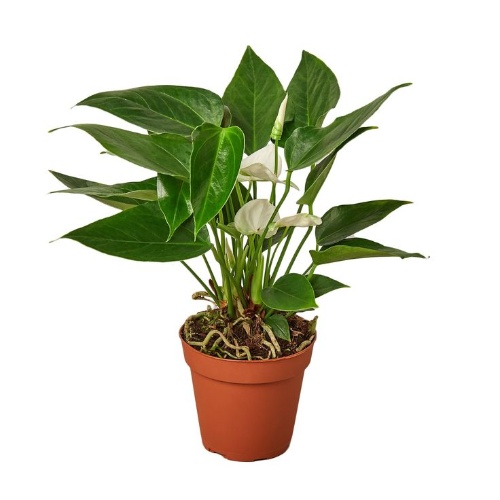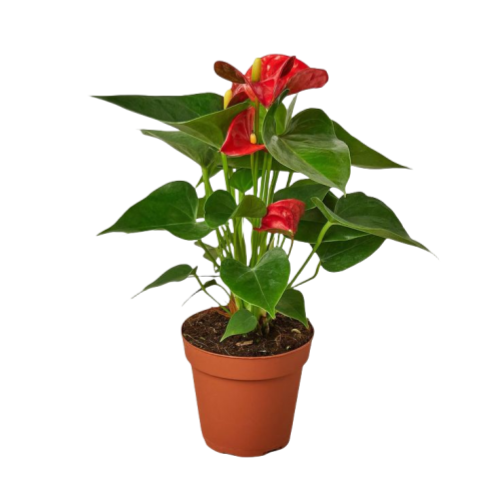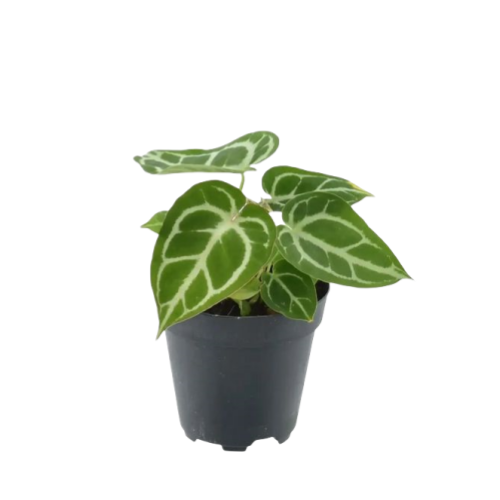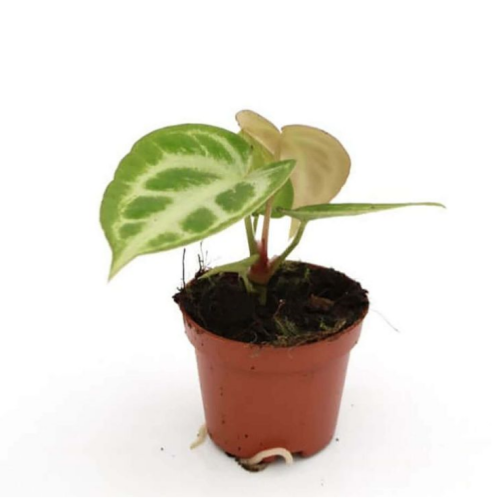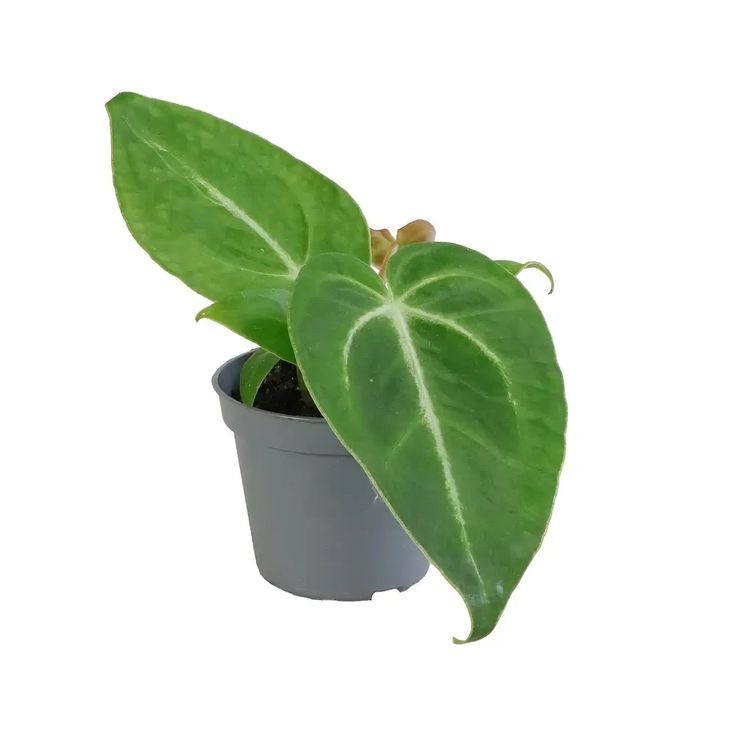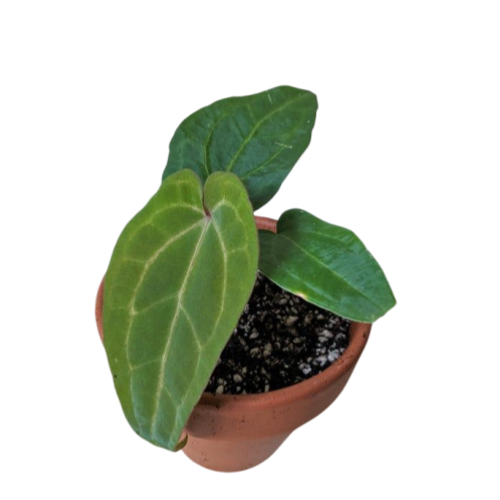Anthrium ichai
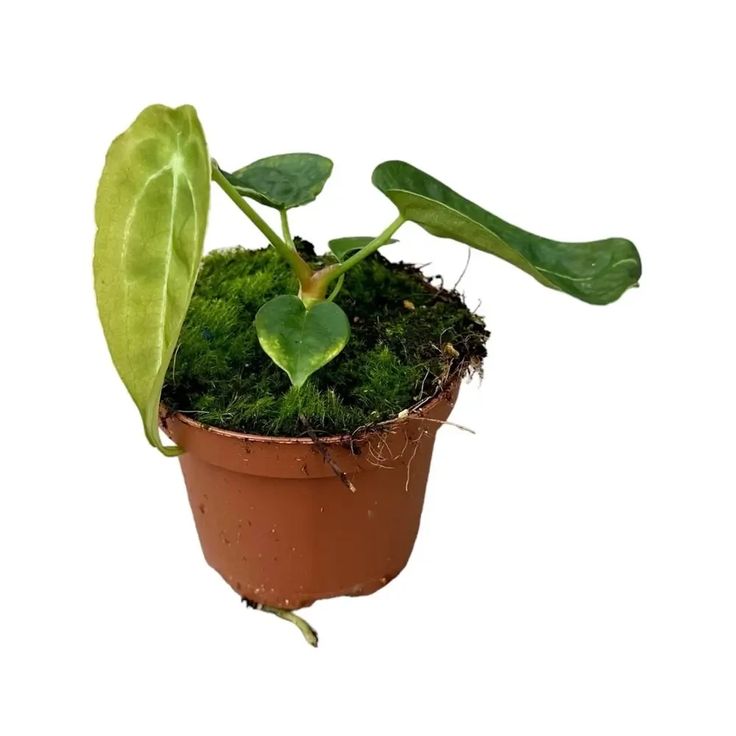
- Botanical Name: Anthurium forgetii
- Family Name: Alaralae
- Zimayambira: 1-4 Feet
- Kutentha: 18-28℃
- Others: Indirect light,High Humidity
Kulemeletsa
Mafotokozedwe Akatundu
Kupambana mu malo otentha: Anthrium samalani mu nati
Chisinthiko chodabwitsa cha anthrium ichaium
Zolemba Zosowa ku Colombia
Anthrium ichaiAmadziwika kuti ndi masamba ake owoneka ngati apadera, ndi chomera chosowa chokha chopezeka ku Colombia chokha chokha cha Colombia, South America. Mtundu wamtunduwu ndi chuma chodalirika chodalirika chomera ndi osonkhanitsa chifukwa cha malo ake osiyana ndi ena.
Masamba okongola owoneka bwino
Masamba a Angurium iwala ndiowoneka bwino, masamba otsekeka otupa komanso mitsempha yotseka yomwe imatambasula ngati miyendo ya kangaude, kuipatsa mawonekedwe apadera. Mitsempha ya radiang imakhala yosakhwima ndipo osati yotchuka, ndikupanga tsamba lonse la masamba ozama komanso osamvetsetseka.
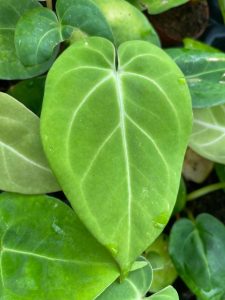
Anthrium ichai
Chisinthiko chachilengedwe cha masamba ndi mitsempha
Pakukula kwa Anthrium ichai, mitundu ya masamba ndi mitsempha imasintha kwambiri. Masamba achichepere amapepuka, ndipo akamakula, amakula pang'onopang'ono, akuwonetsa zigawo zokongola za utoto. Mtundu woyambirira wa tsamba la chishango anthudium uli ndi mitsempha yoyera bwino kwambiri, ndipo chisinthiko chachitetezo chamitundu iwiri, chomwe chimadziwika ndi masamba obiriwira, omwe amawoneka bwino kwambiri.
Kusunga Anthorium iPium mu chimanga chapamwamba
Nthaka yokonzedwa bwino
Anthurium Forgetii thrives in well-draining and organically rich soil. It is recommended to use a potting mix specifically designed for the Araceae family, which provides an ideal foundation for the growth of Anthurium Forgetii. To enhance the soil’s aeration and drainage, a clever blend of perlite, bark, vermiculite, and compost can be used. Avoid overly wet soil to prevent root rot.
Malo abwino komanso otentha
Anthrium yoimira imakonda nyengo yachikondi komanso yachinyezi. Kukula kwake kwa kukula kwake kuli pakati pa 16-27 ° C. Kuphatikiza apo, pamafunika chinyezi cha 60-80% kuti masamba azikhala ndi thanzi labwino komanso athanzi. Kuti musunge chinyezi choyenera, kugwiritsa ntchito manyowa, makonda onyowa, kapena kuyika mbewuyo m'malo mwachilengedwe ngati mabafa kapena makhitchini atha kukhala yankho.
Kuwala kowala koma modekha
Ndiwoyenera bwino kwambiri kukula, kuwala kosiyanasiyana ndipo kuyenera kutetezedwa ku dzuwa, lomwe limatha kuwononga masamba ake osakhazikika. Ngati kuwala kwachilengedwe sikokwanira, magetsi akukula angagwiritsidwe ntchito kuwonjezera kuunika, ndikuwonetsetsa kuti mbewuyo imawunikira.
Momwe mungasungire munthu wanu wakuwala Wathanzi: Kuthirira ndi Maupangiri
1. Pewani kuwombera
When cultivating Anthurium Forgetii, one crucial factor to pay attention to is avoiding overwatering. The plant’s roots are sensitive to waterlogging, and excessive moisture can lead to root rot, which in turn affects the overall health of the plant. Therefore, when watering, follow the principle of “watering only when dry,” which means watering only when the top layer of soil is dry and ensuring that the water penetrates the soil thoroughly, allowing excess water to drain and preventing water accumulation.
2. Sungani chinyezi choyenera
Another factor to be mindful of is maintaining the right level of humidity. Anthurium Forgetii, native to tropical rainforests, has high humidity requirements. If the indoor environment is too dry, the plant’s leaves may become dry and curl, affecting its aesthetic appeal. You can increase environmental humidity by using a humidifier, placing water trays, or regularly misting to ensure the plant thrives in a moist environment.





